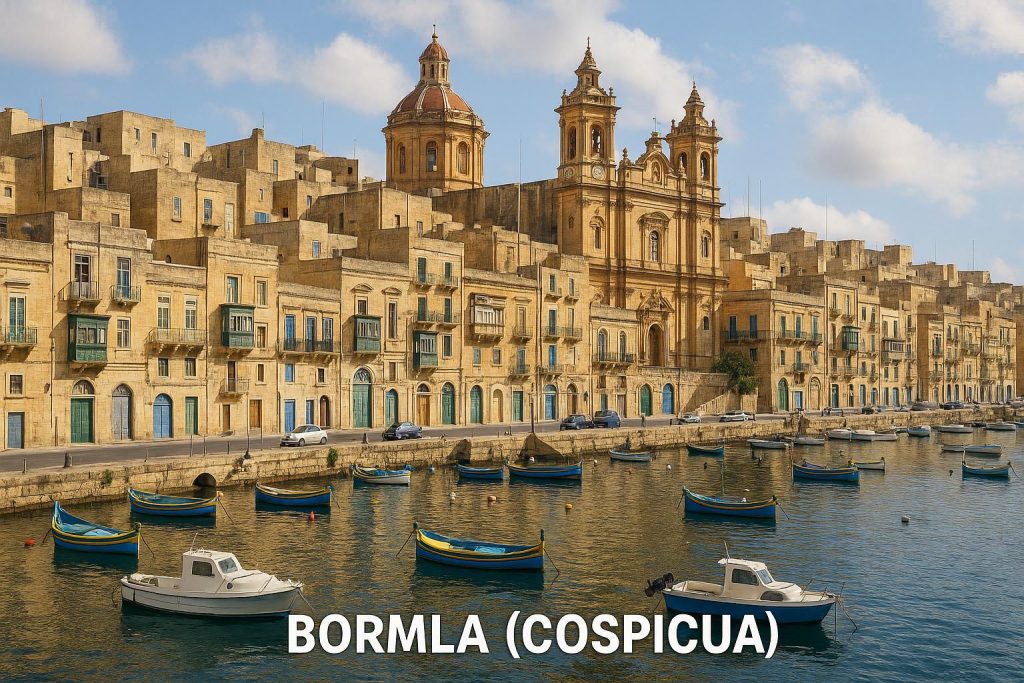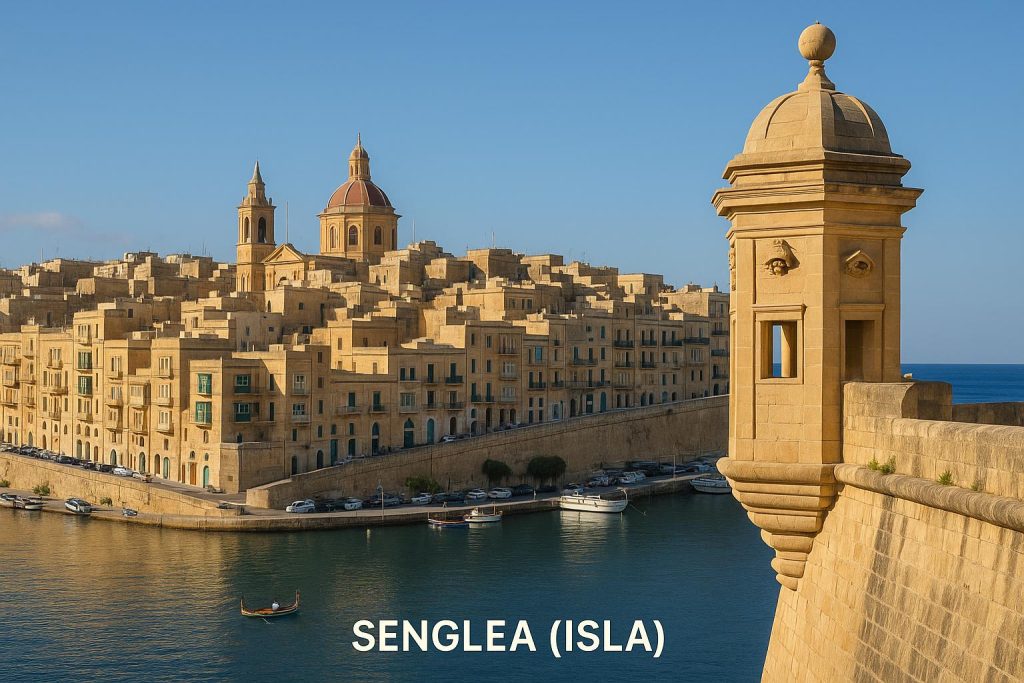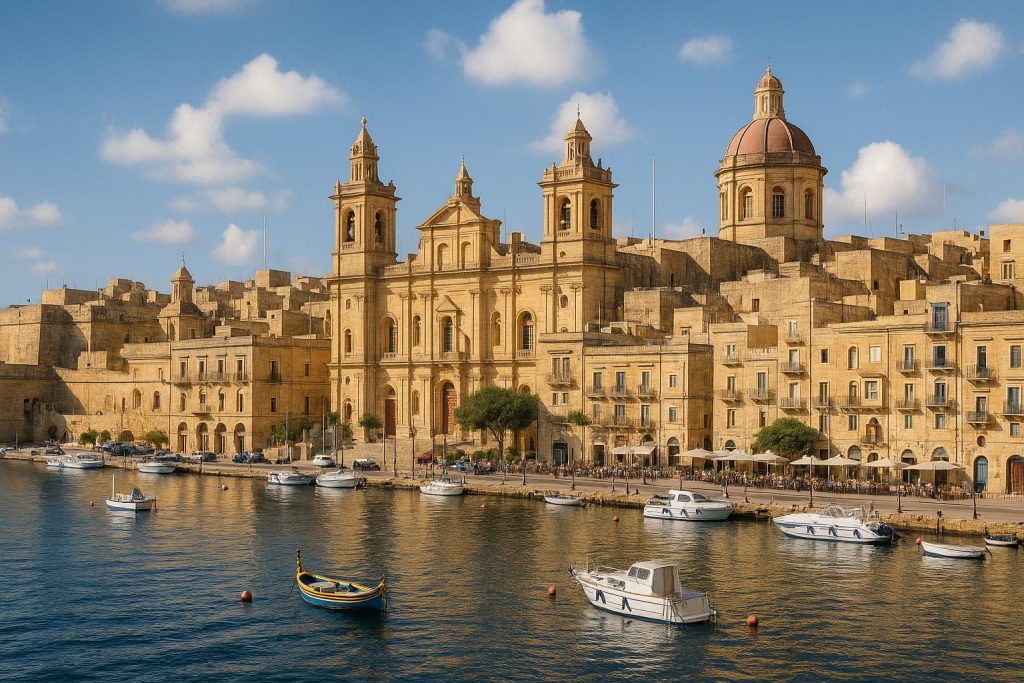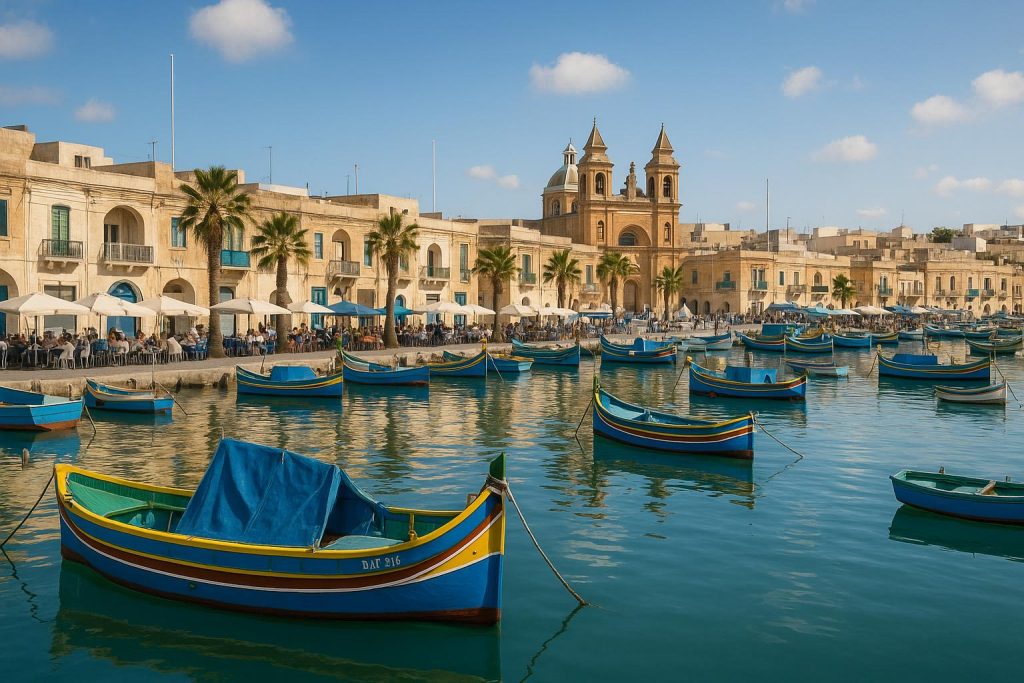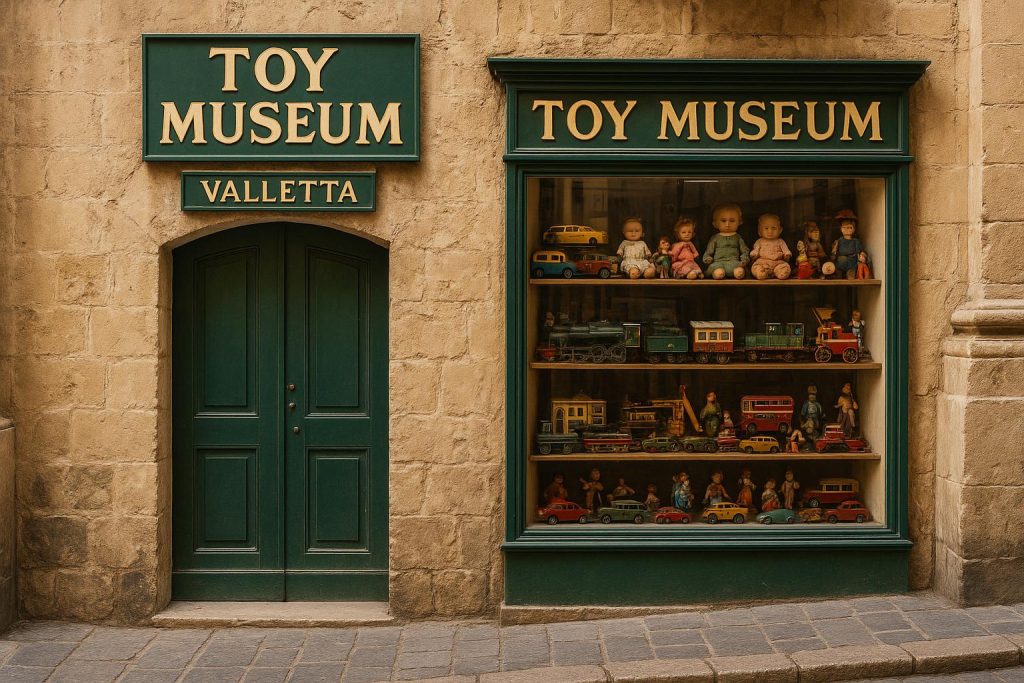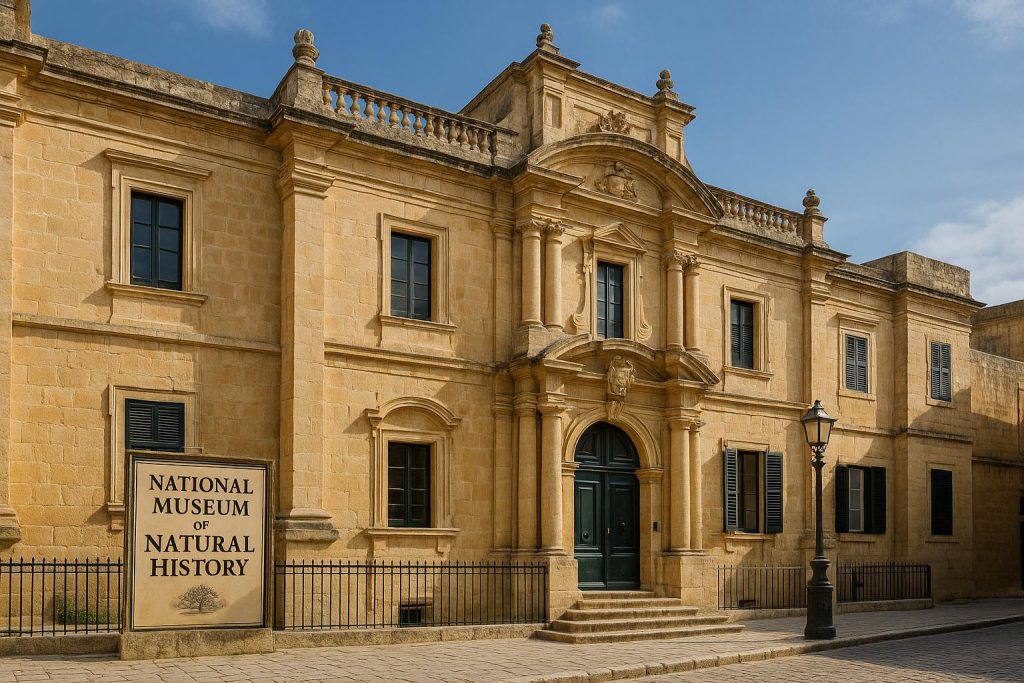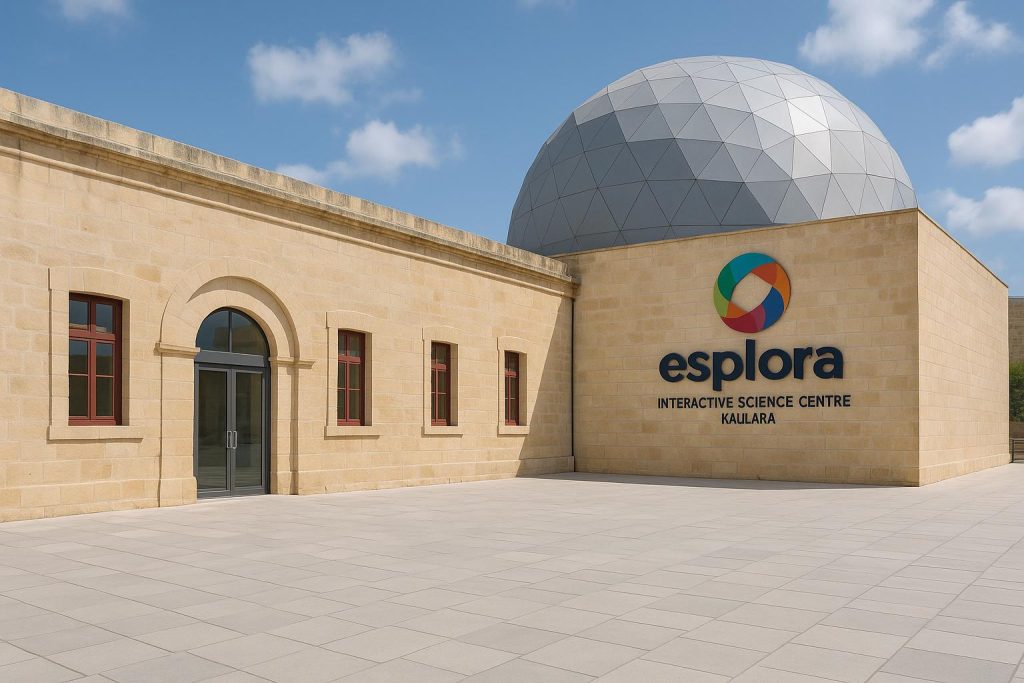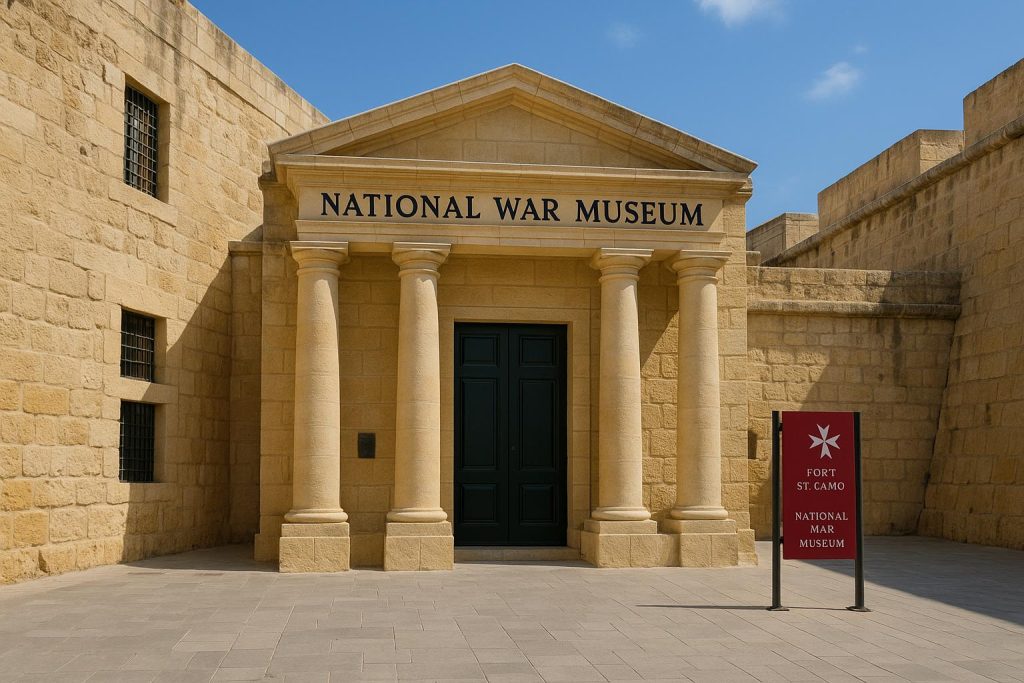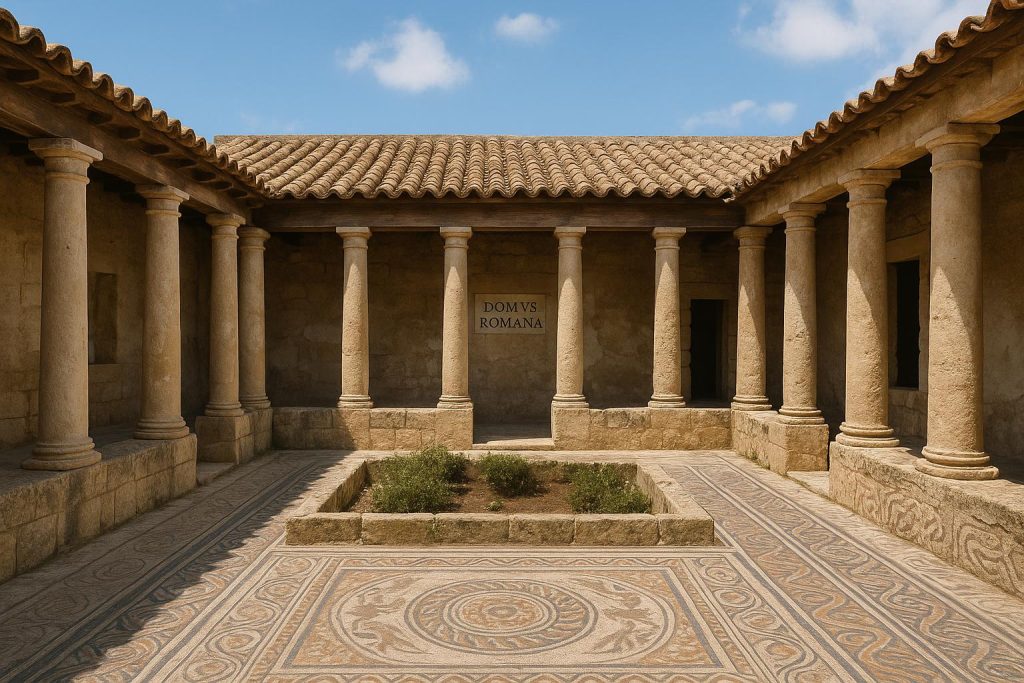Bormla: An Overview
Bormla, also known as Cospicua, is a city that is part of the Three Cities in Malta. Together with Vittoriosa and Senglea, these cities encapsulate the essence of the larger Cottonera area, and their rich history and cultural heritage make them noteworthy. Bormla’s strategic location along the Grand Harbour has been instrumental in its historical significance, endowing it with a distinctive character that continues to attract history enthusiasts and travelers alike.
Location and Geography
Bormla occupies an important position in the eastern part of Malta and is intimately connected to the Grand Harbour. The city’s geography is defined by its dockyards, historical fortifications, and bustling urban life. Adjacent to the fortified cities of Vittoriosa and Senglea, Bormla’s location has allowed it to thrive as a key maritime center throughout its long history. This geographical placement not only bolstered its role in maritime trade but also established it as a strategic stronghold.
Historical Significance
Bormla’s history is deeply intertwined with that of the Knights of St. John. During the 16th century, the Knights recognized the strategic importance of the area and undertook extensive fortification projects. They constructed bastions and defense structures that were pivotal during the Great Siege of 1565, a watershed moment in Malta’s history. In the 20th century, during World War II, Bormla found itself once again at the center of conflict. The city suffered significant bombing, primarily due to its proximity to the dockyards, which were of considerable strategic military importance.
Architectural Highlights
The architecture of Bormla provides a fascinating insight into its storied past. One of the most striking structures in Bormla is the Church of the Immaculate Conception, renowned for its baroque-style design and intricate interior decorations. In addition to religious architecture, Bormla is home to the Dockyard Creek and numerous historical fortifications that echo its past strategic importance. St. Helen’s Gate and Verdala Gate stand as imposing markers at the city’s entrances, offering visitors a glimpse into the historical depth of the city.
Cultural Influences
Culturally, Bormla is a testament to the blend of Maltese and Mediterranean influences that characterize the area. The city is vibrant and lively, with festivals and celebrations that highlight its community spirit. Among these, the most significant is the annual feast of the Immaculate Conception in December. This celebration is a blend of traditional music, processions, and local cuisine, reflecting the city’s cultural richness and its people’s deep-rooted tradition of celebrating community events.
Modern Development and Economy
In more recent times, Bormla has undergone noteworthy development. Despite the infusion of modern infrastructure, the city has managed to retain its historical charm. The modernization has extended to various aspects of Bormla, spearheaded by rejuvenation initiatives and increased tourism. Economically, Bormla is driven by diverse sectors that include tourism, maritime services, and local businesses. Regeneration projects have significantly contributed to the revitalization of the area, drawing both locals and visitors who are eager to experience the unique juxtaposition of history and modernity.
Visiting Bormla
Visitors to Bormla are offered a unique combination of historical sites, cultural experiences, and scenic views of the waterfront. Walking through the streets of Bormla gives insight into both the city’s historical legacy and its present-day vibrancy. The city is not only a historical treasure but also a location easily accessed by public transport, making it a convenient destination for tourists exploring Malta’s diverse attractions.
Environmental Concerns
As with many historic locales, Bormla faces challenges in balancing urban development with the need to preserve its history. Ensuring that modernization efforts do not compromise the city’s historical and environmental integrity is an ongoing priority. Efforts are continuously made to maintain this balance, protecting the cultural heritage while fostering sustainable urban development.
Conclusion
In conclusion, Bormla offers a unique reflection of Malta’s multifaceted identity, characterized by a rich historical legacy, cultural vibrancy, and judiciously managed modern development. The city is a testament to Malta’s resilience and adeptness in harmonizing tradition with progress. Whether a visitor is interested in delving into history, exploring architecture, or simply absorbing Maltese culture, Bormla provides an enlightening and richly rewarding experience.

